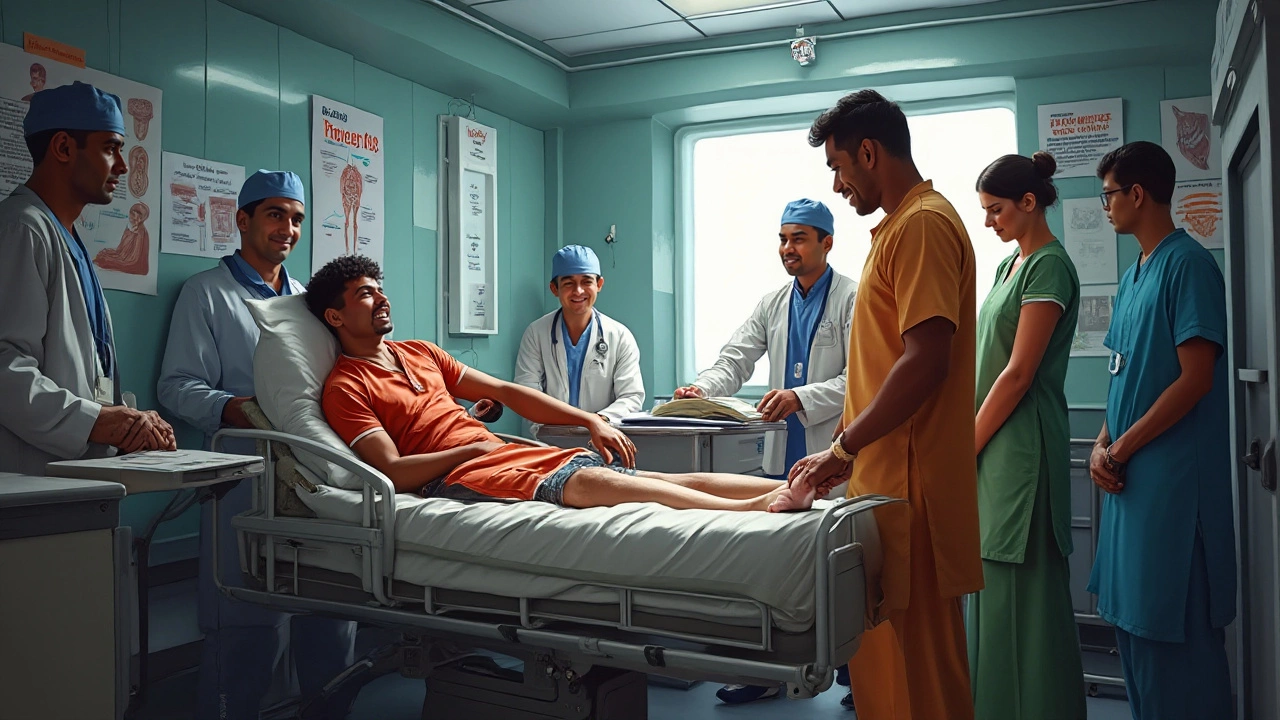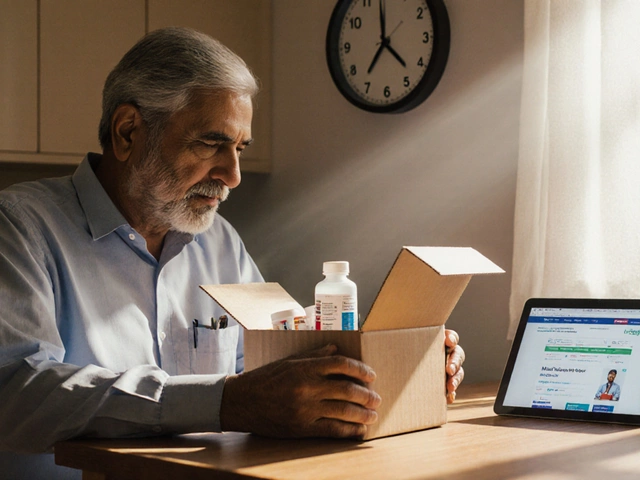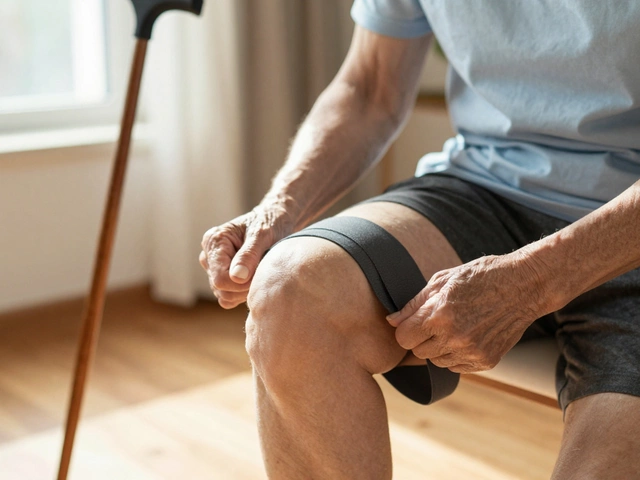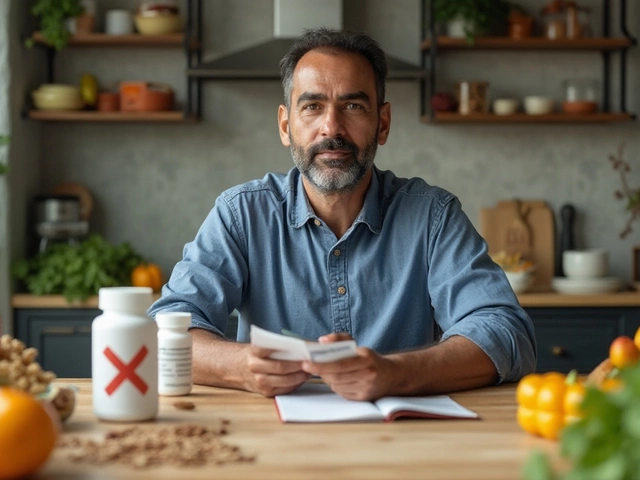Fractures: What They Are, How They Heal, and What Medicines Can Affect Them
Got a broken bone? You’re not alone – fractures happen to anyone, from kids falling off bikes to adults slipping on wet floors. The good news is most fractures heal if you give them proper care and avoid things that slow the process.
First, understand that a fracture is simply a break in the bone’s continuity. It can be a clean crack, a hairline split, or a shattered piece. The severity decides the treatment: a simple cast for a minor break or surgery for a complex split.
Common Causes and Types of Fractures
In India, road accidents, sports injuries, and osteoporosis are top reasons for broken bones. A few everyday examples: tripping over a curb, dropping a heavy object on your foot, or a sudden twist during a cricket swing. Each cause can lead to different fracture types – transverse (straight across), oblique (angled), or comminutive (bone splinters into pieces).
Knowing the type helps your doctor pick the right fix. A straight‑through fracture usually needs a plaster or fiberglass cast, while a splintered one may need pins, plates, or screws inserted by an orthopedic surgeon.
Medicines That Can Slow Healing or Cause Toxic Risks
Not all pills are bone‑friendly. Some common drugs can interfere with calcium absorption or weaken the healing process. For example, long‑term use of non‑steroidal anti‑inflammatory drugs (NSAIDs) like ibuprofen can reduce the inflammation needed for bone repair. Steroids, often prescribed for arthritis, can also thin bones over time.
On the flip side, certain medicines are essential for recovery. Calcium and vitamin D supplements support bone rebuilding, while bisphosphonates may be prescribed for osteoporosis to prevent future breaks. Always tell your doctor about any over‑the‑counter remedies, herbal extracts, or Ayurvedic powders you’re taking – some can interact with prescription drugs and cause toxicity.
If you’re on blood‑thinners such as warfarin, discuss dosing adjustments before any surgery. These drugs affect clotting, and uncontrolled bleeding can complicate fracture fixation.
In India, many people use traditional remedies alongside modern medicine. While turmeric and ginger have anti‑inflammatory properties, high doses of certain herbs may interfere with bone healing. Speak with a qualified practitioner to balance both approaches safely.
Beyond medicines, lifestyle choices matter a lot. Keep weight‑bearing bones strong by walking, doing simple body‑weight exercises, and eating protein‑rich foods. Smoking and excessive alcohol are proven bone‑killers – cut them out if you want a quicker fix.
When you’re in a cast, the bone is doing its work, but you still need to move the surrounding joints. Gentle range‑of‑motion exercises prevent stiffness, and physical therapy can speed up the return to normal activity.
Finally, watch for signs that something’s wrong: increasing pain, swelling, numbness, or a cast that feels too tight. These could mean a complication, and you should contact your orthopedic surgeon right away.
In short, fractures heal best when you combine proper medical treatment, smart medication choices, and healthy habits. Stay informed, follow your doctor’s advice, and give your bones the time they need to get back strong.

Understanding the Most Common Orthopedic Emergency: Fractures
Orthopedic emergencies demand fast and effective intervention to prevent long-term damage. Among these, fractures, specifically of the hip and lower limb, are the most frequent occurrences due to accidents, falls, and sports injuries. This article delves into why these fractures are so common, highlights the essential steps for initial management, and discusses the role of immediate care in promoting better recovery outcomes. Readers will gain insights into risk factors, prevention strategies, and the importance of seeking timely medical assistance.




